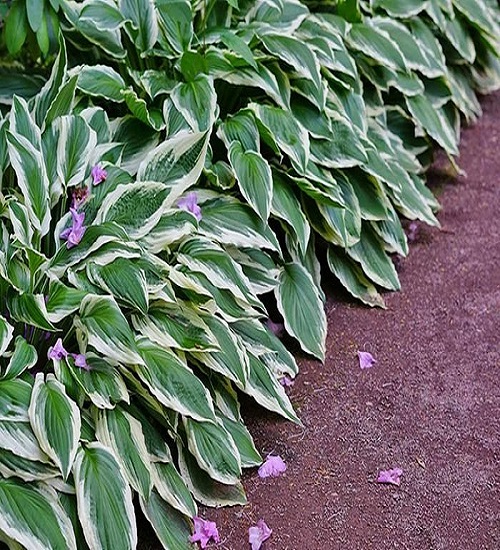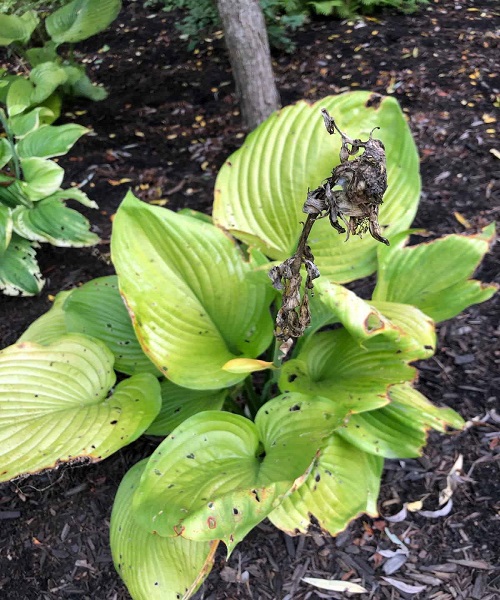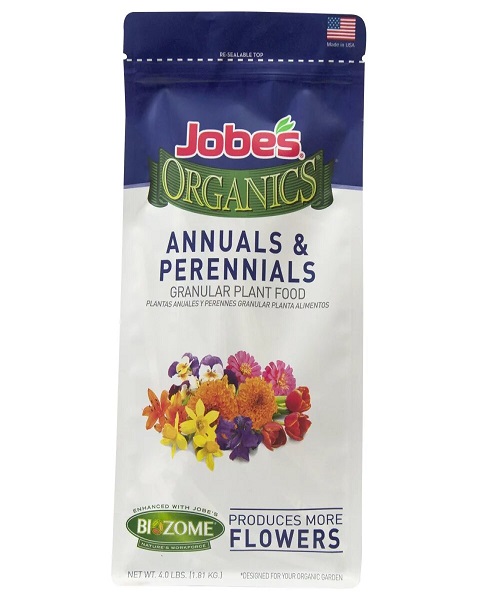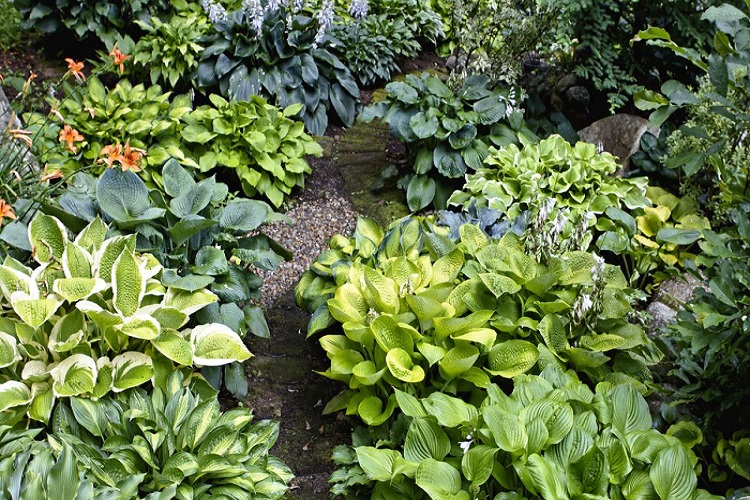A few easy ideas and methods can go a long way toward success when it comes to spring-through-fall care for hosta plants.
For shade-loving plants, Hostas are among the most popular. No other shade plant can match the variety of color and texture that their dense, rich foliage adds to flowerbeds. But for many home gardeners, the challenge is how to maintain their hostas looking their best after the season has over.
There is, however, an alternative. In fact, you can keep your hosta plants looking great until the first frost if you take a little additional care.
How to keep hosta plants looking great all summer?
Locate Your Hostas
When it comes to cultivating hostas, location is everything! Make sure your hosta plants are in the best place to grow before you do anything else. In general, Hostas prefer a shady environment, but they can handle a small amount of sunlight.
Hosta plants thrive when they are exposed to morning or evening sunshine. Avoid growing them in areas that are exposed to the afternoon sun.
The fiercest of the sun’s rays, the midday sun, is the most damaging to plants. It’s especially true for plants that favor shady areas.
When the hotter, more powerful rays of the summer sun begin to reach in July and August, many hosta plants that were doing well in the spring begin to wilt. This is because they were placed where the afternoon sun hits.

Take Out Spent Blooms – Or All Of The Blooms!
Because of the energy required by the plant to produce the long, wispy flowers, hosta plants may not look their best by mid-summer. Especially if the flowers are left on the plant for an excessive amount of time.
As soon as the blossoms on the blooms begin to fade, remove the blooms and the stems of the blooms. In the event that they are left to decompose on the plant, they drain the plant’s energy. Green and healthy foliage depends on a constant supply of energy.
By removing the wasted bloom and stem as quickly as possible, the plant is able to refocus its energy on producing and maintaining its beautiful leaves instead.
Hosta plant leaf structure is highly valued by many gardeners, hence they never allow their plants to flower.
Instead, as soon as the bloom stems form, they cut them off and discard them. As a result, the plant is able to devote all of its energy to expanding the canopy of its leaves.

Apply Fertilizer to Plants Throughout The Spring & Summer
In order to fertilize hostas for success, spring, early summer, and mid-summer applications are essential.
Hostas benefit from spring fertilization since it strengthens their leaves and provide them with energy to bloom. However, fertilizer in the early and mid-summer months is as crucial since it supplies the plants with the energy they need to maintain their lush foliage.
You should use a slow-release fertilizer that has equal amounts of nitrogen and phosphorus.
Early spring, late spring/early summer, and mid-summer are all good times to fertilize plants. Once late summer comes, plants don’t need fertilizer to start getting ready for winter.
Finally, a Few Words of Advice
Every three to four years, divide your plants to keep them in the best shape possible. Thus, the root system remains compact enough to draw sufficient nutrition from the soil.
It’s quite fine to trim your plants back to the ground if they begin to look shabby by the middle of summer. This gives the plant plenty of time to produce new leaves before the season begins to cool down.
Even better, it’s more eye-catching than a bed overrun with wilting greenery!


